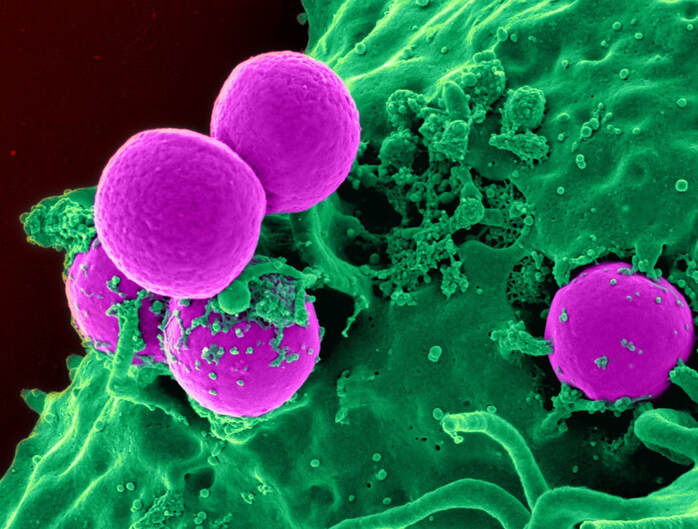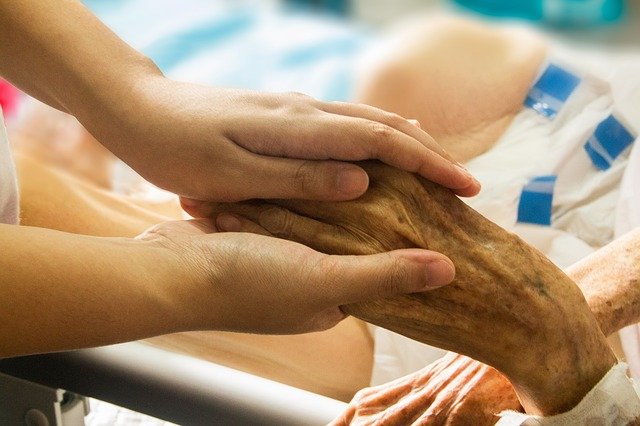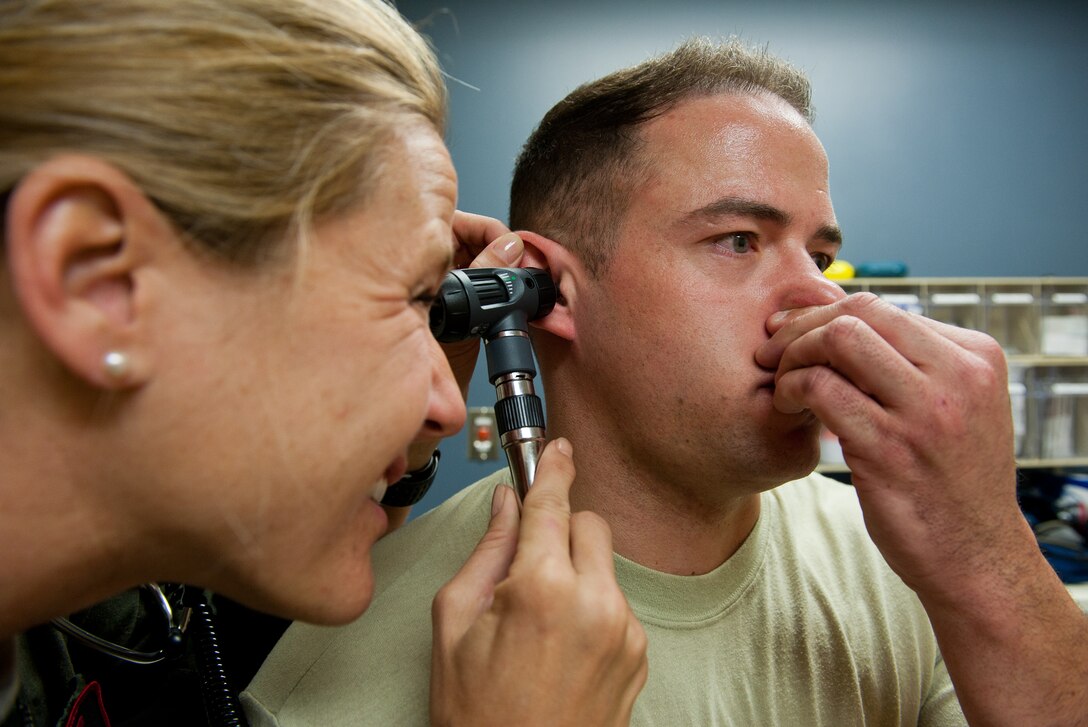A Golden Ticket to Treating Antibiotic Resistance
According to the Centers for Disease Control and Prevention (CDC), around 47 million people in the United States are prescribed antibiotics for infections that don’t need to be treated with antibiotics every year. Many physicians prescribe antibiotics as the first line of treatment for ailments such as the common cold, bronchitis, sinus infections, and urinary tract infections. However, the CDC estimates that at least 30% of these prescribed antibiotics are unnecessary.
This overuse has allowed bacteria, viruses, fungi, and parasites to evolve over time, developing the ability to counteract the drugs designed to kill them. As a result, antibiotic resistance has become a burgeoning public health concern worldwide. In the United States alone, at least 2.8 million people acquire antibiotic-resistant infections annually, resulting in over 35,000 deaths each year. This threat to public health has made the field of study ripe for meaningful scientific research.
A novel study by a joint team of researchers from the University of Leeds, Southern University of Science and Technology, and Fudan University utilizes nanotechnology to target resistant bacteria. Bacterial cells are distinct from human cells in that they are enveloped in a negatively charged cell membrane. Thus, the researchers sought to manipulate electrostatic forces in nature. Their solution? Gold (quite literally).
Applying the law of opposite-charge attraction, the researchers wrapped gold nanoparticles in a positively charged molecule called a ligand. The positively charged ligands guided the gold nanoclusters to the negatively charged bacterial cells, disrupting their cell membranes. This made the bacterial cells more permeable to outside substances, allowing previously ineffective antibiotics to enter the bacteria and eradicate harmful infections.
This overuse has allowed bacteria, viruses, fungi, and parasites to evolve over time, developing the ability to counteract the drugs designed to kill them. As a result, antibiotic resistance has become a burgeoning public health concern worldwide. In the United States alone, at least 2.8 million people acquire antibiotic-resistant infections annually, resulting in over 35,000 deaths each year. This threat to public health has made the field of study ripe for meaningful scientific research.
A novel study by a joint team of researchers from the University of Leeds, Southern University of Science and Technology, and Fudan University utilizes nanotechnology to target resistant bacteria. Bacterial cells are distinct from human cells in that they are enveloped in a negatively charged cell membrane. Thus, the researchers sought to manipulate electrostatic forces in nature. Their solution? Gold (quite literally).
Applying the law of opposite-charge attraction, the researchers wrapped gold nanoparticles in a positively charged molecule called a ligand. The positively charged ligands guided the gold nanoclusters to the negatively charged bacterial cells, disrupting their cell membranes. This made the bacterial cells more permeable to outside substances, allowing previously ineffective antibiotics to enter the bacteria and eradicate harmful infections.
Image Source: Pixabay
Problem solved? Not quite. Although a necessary component, the positive ligand is actually toxic to human cells since it can easily enter cells that it does not belong in. To address this, the researchers coated the ligand-nanocluster combination with a second ligand. The resulting molecule, called a zwitterion, contained both negatively and positively charged groups, similar to fat cells found in the cell membranes of animals. As a result, the gold nanoclusters were biocompatible with the human body and able to be excreted through the kidneys.
To evaluate the efficacy of their solution, scientists tested three types of antibiotics against a bacterial strain called Methicillin-resistant Staphylococcus epidermidis (MRSE). Each type of antibiotic was used to treat MRSE with and without the gold nanoclusters. The results were optimistic: all three antibiotic treatments were significantly more powerful in the presence of the gold nanoclusters. In fact, with the help of the nanoclusters, one of the antibiotics was able to inhibit the growth of MRSE even when 128 times less antibiotic was used.
Scientists believe that developing new strains of antibiotics in response to antibiotic resistance will not only exacerbate the issue but also place a financial strain on both patients and health professionals alike. Nanotechnology holds enormous potential to treat common health issues more effectively. Manipulating tiny molecules and atoms can yield viable results that are not only cost-effective but fast, safe, and multi-functional. Therefore, medical professionals hope this interdisciplinary approach will give rise to quicker, cheaper, and more effective treatments, giving new life to the revolutionary medicine we call antibiotics.
To evaluate the efficacy of their solution, scientists tested three types of antibiotics against a bacterial strain called Methicillin-resistant Staphylococcus epidermidis (MRSE). Each type of antibiotic was used to treat MRSE with and without the gold nanoclusters. The results were optimistic: all three antibiotic treatments were significantly more powerful in the presence of the gold nanoclusters. In fact, with the help of the nanoclusters, one of the antibiotics was able to inhibit the growth of MRSE even when 128 times less antibiotic was used.
Scientists believe that developing new strains of antibiotics in response to antibiotic resistance will not only exacerbate the issue but also place a financial strain on both patients and health professionals alike. Nanotechnology holds enormous potential to treat common health issues more effectively. Manipulating tiny molecules and atoms can yield viable results that are not only cost-effective but fast, safe, and multi-functional. Therefore, medical professionals hope this interdisciplinary approach will give rise to quicker, cheaper, and more effective treatments, giving new life to the revolutionary medicine we call antibiotics.
Featured Image Source: TheDigitalArtist
RELATED ARTICLES
|
Vertical Divider
|
Vertical Divider
|
Vertical Divider
|






